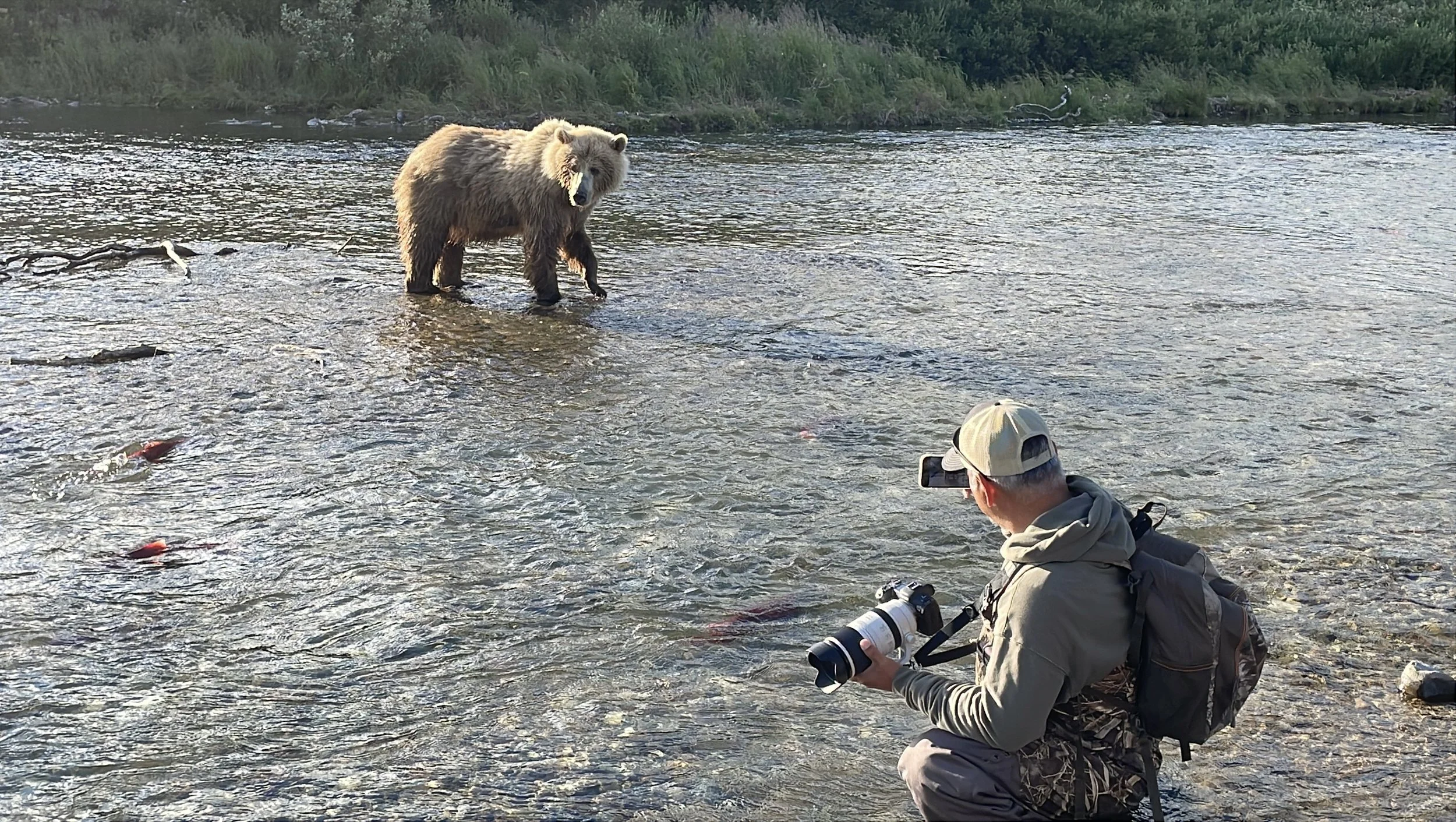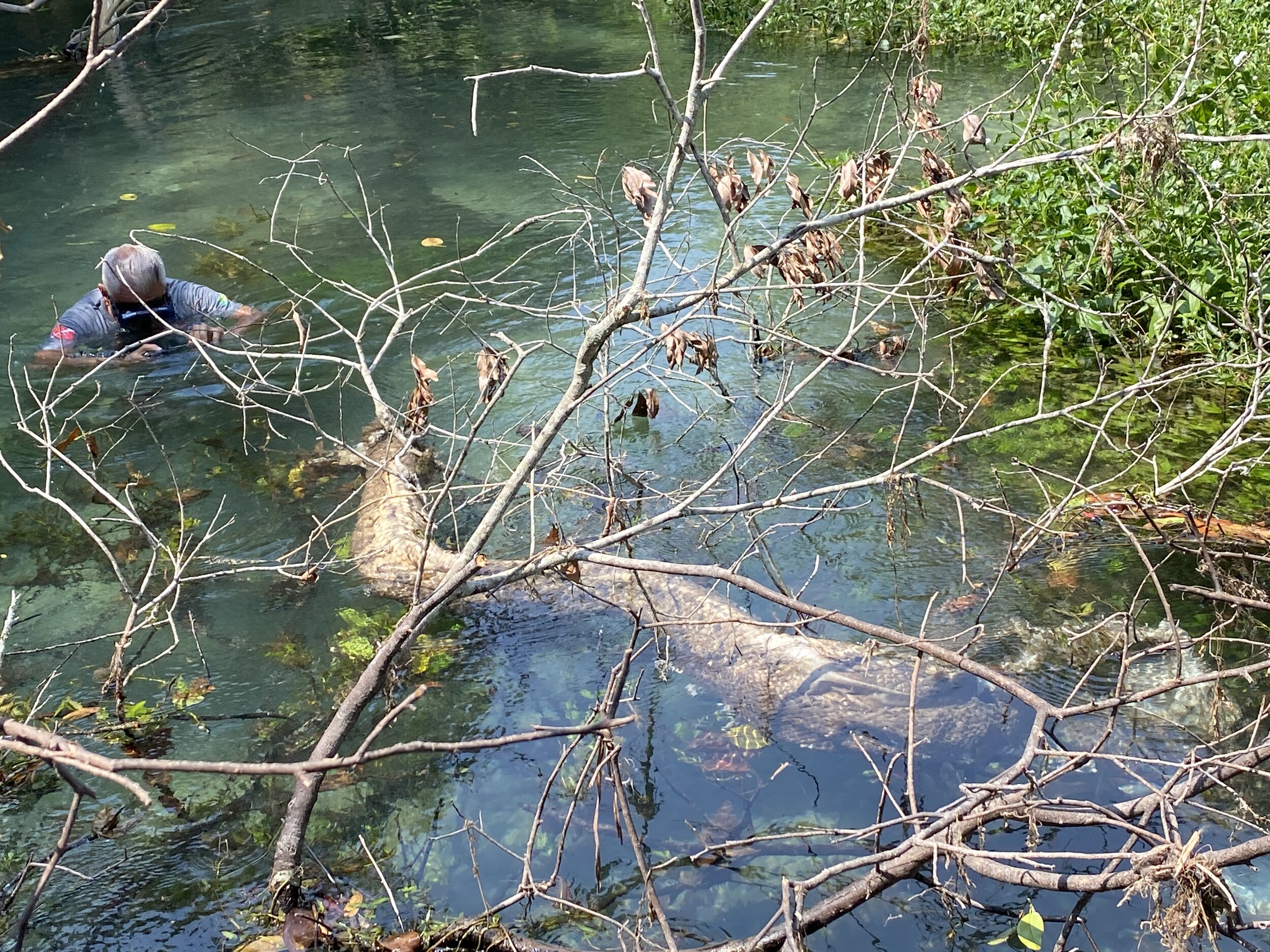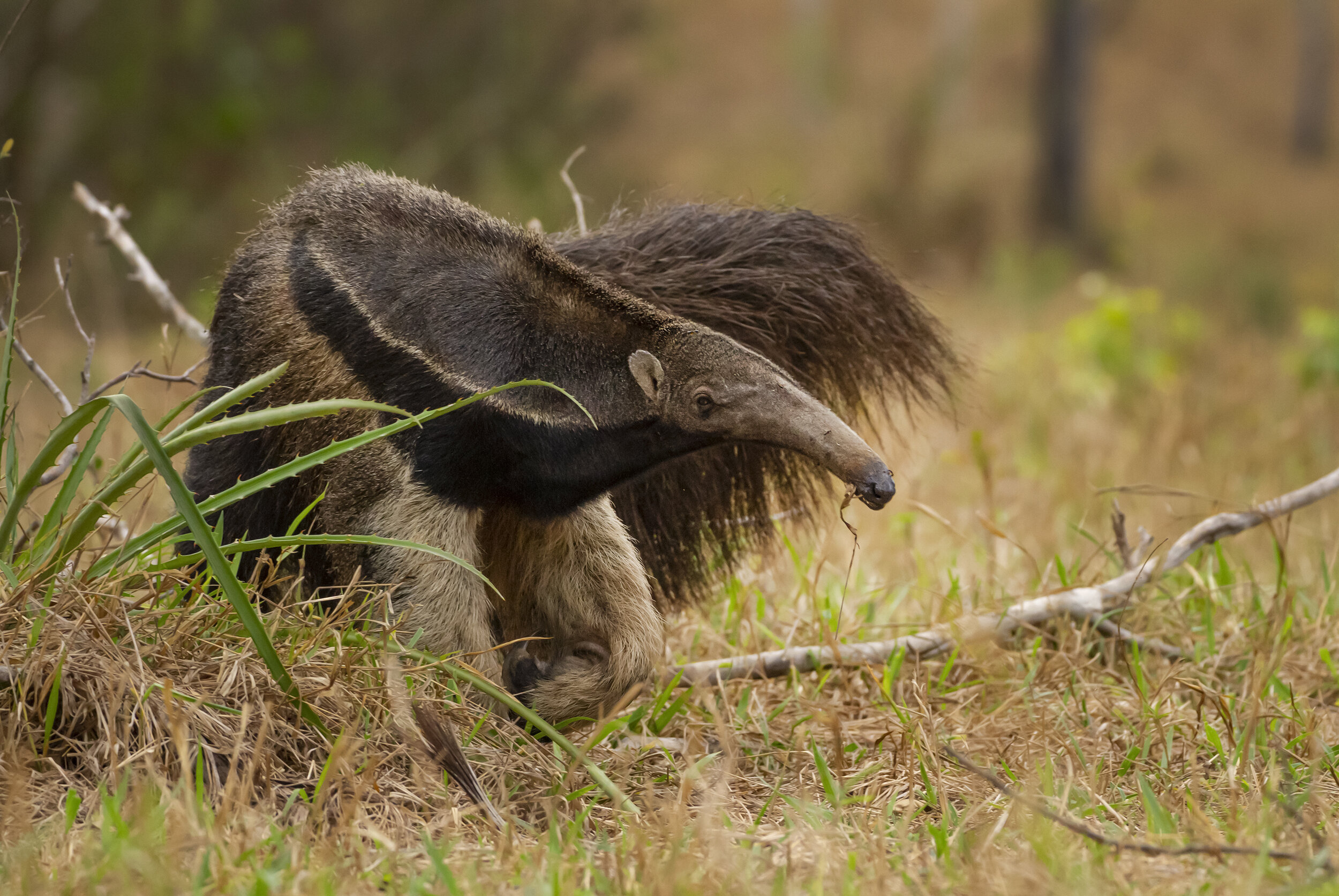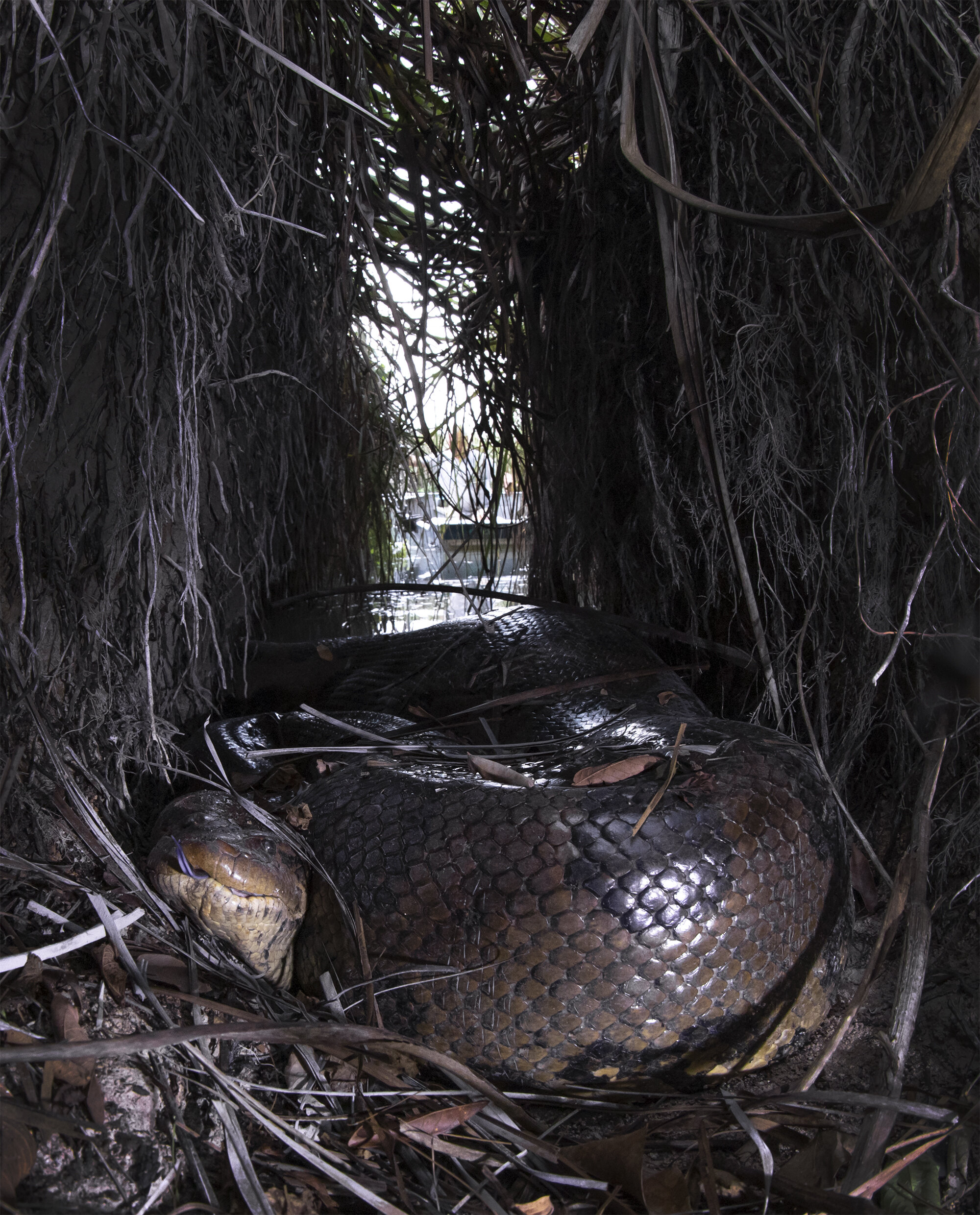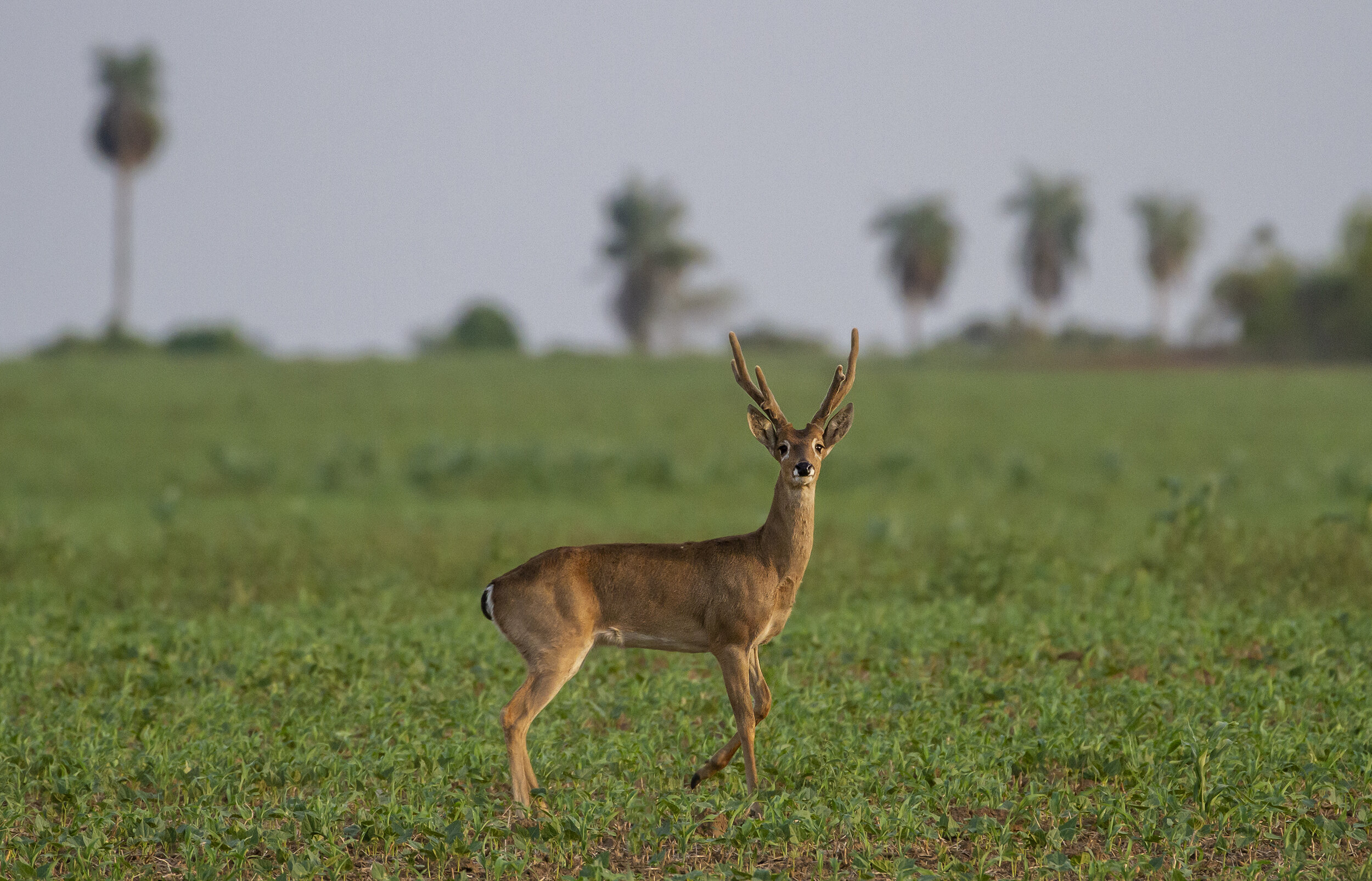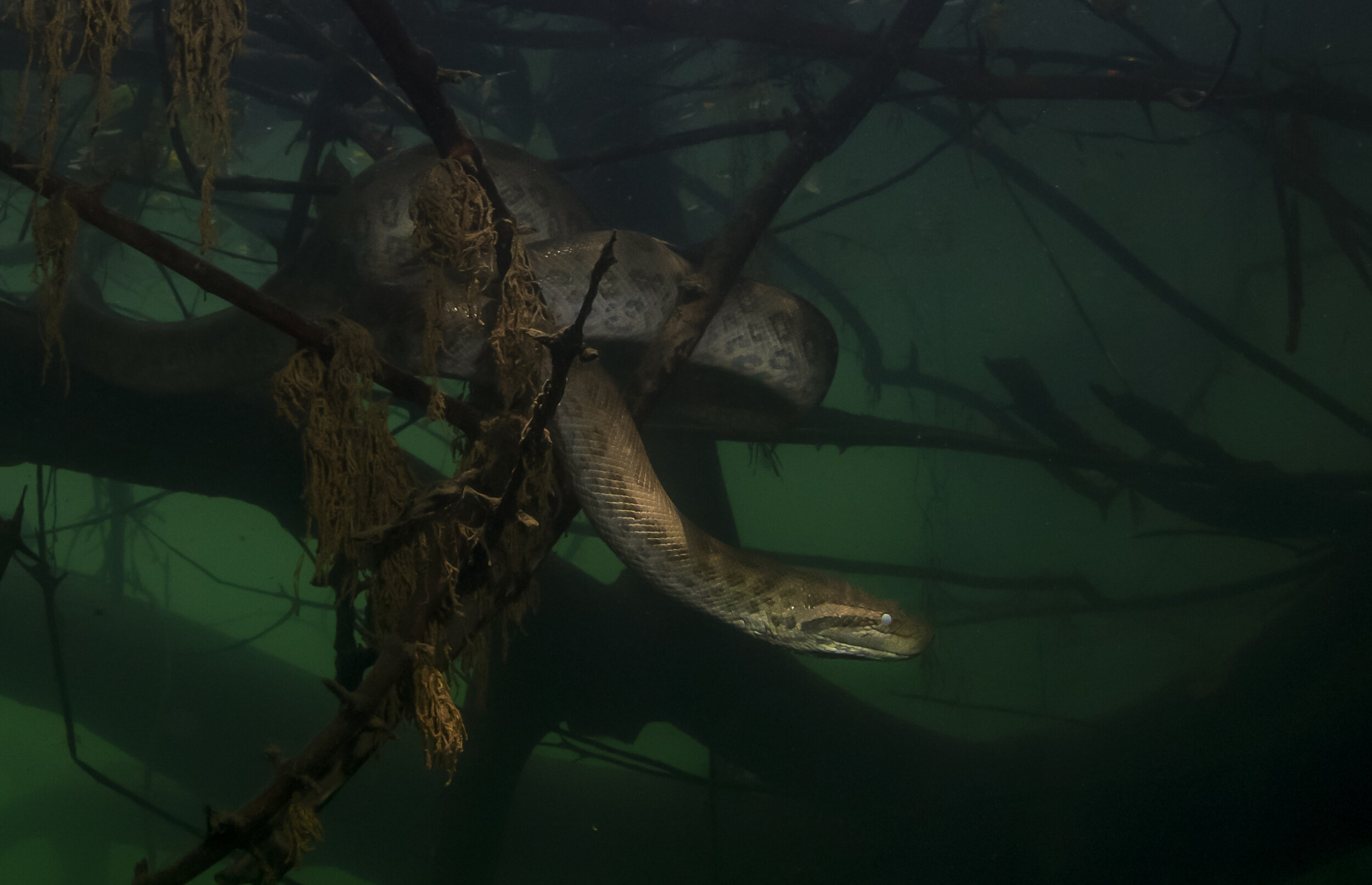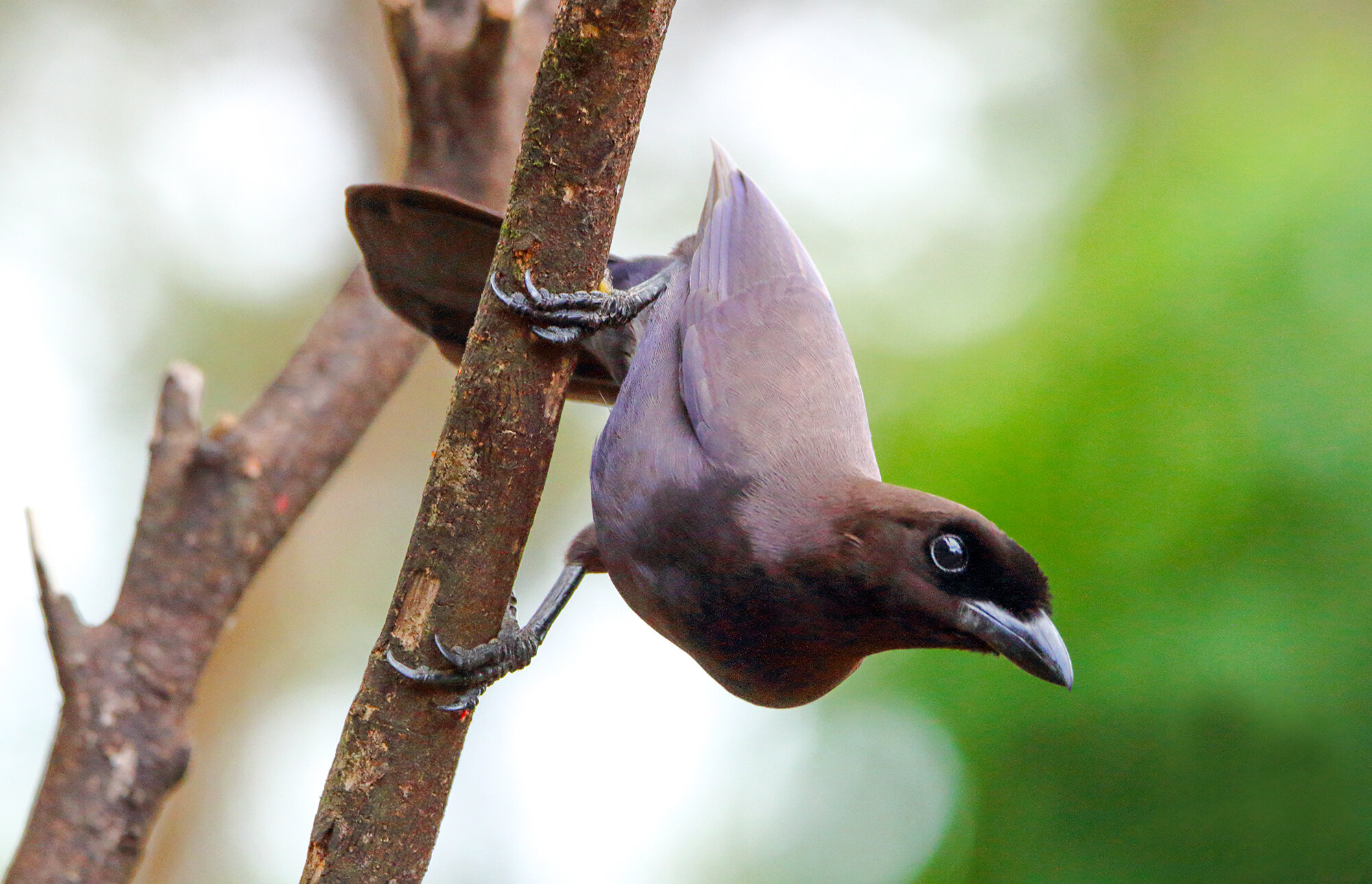Brazil is a special place. The wildlife here is some of the most incredible you will ever encounter in our magical wildlife world. I love everything about this fantastic place, and I truly feel honored that I get to spend so much time here.
It never feels like it's enough time, though. I leave always wanting more.
Sadly, they were working on re-cabling the internet at our hotel, so it was not working properly, which meant I could not share as much as I usually do for a trip like this, which kills me because something was going on every day.
From troops of capuchin monkeys feeding and hanging around our hotel to giant anteaters seeking out food in the fields we were driving by on our way back to the lodge at the end of the day, to ponds filled with caiman, and we are talking about 200 plus caiman on the river banks. This place is just amazing.
We did have some magnificent snake encounters this season which was the main reason we visited Brazil. We ran two trips back to back. During our first week out there, we had one big female and a few male anacondas. Our female had recently eaten a capybara or a tapir, and she was so full she could barely move. It is impressive to see how her skin can stretch to accept prey that big in her body. Mind-blowing really. We spent a few days with her, but we were respectful and were careful not to stress her out. She was so lethargic from having eaten her meal that all she wanted to do was sleep.
Snapping an image of our big girl. You can see a bit of her face on the left. Image by Daniel Degranville
We found three big females and a dead one during our second week out there. While on the river, we found a dead six-meter snake in the river. Juka, our boat captain, saw her the previous week with some severe injuries after trying to catch and kill a peccary. Peccaries live in family groups, and the snake was mortally wounded by family members trying to help their kin escape, while our snake was trying to kill it - sadly she did not survive the encounter… it is the circle of life.
Juka snapping our big dead girl. Kinda filthy, but still cool.
After we saw that snake, we were all gutted, thinking that this would be our snake encounter for the day. But we continued searching the river for more wildlife and found another snake ( alive one of course), basking in the sun on the river bank. We spent an epic two hours with her. It was the kind of encounter you dream of having when you plan a trip like this. It was so great.
I really wish I had better signal while I was out there, because damn what an adventure it was. One of our best Brazil outings to date.
I am sharing this photo album I put together of both the wildlife and Behind the Scenes images of the fantastic moments we had out there. It was such a great trip. A huge thank you to our friends who joined us out there and made it special. Love you guys.
One of the highlights of the trip was crawling into an anaconda snake hole and capturing unique images of a resting snake.

